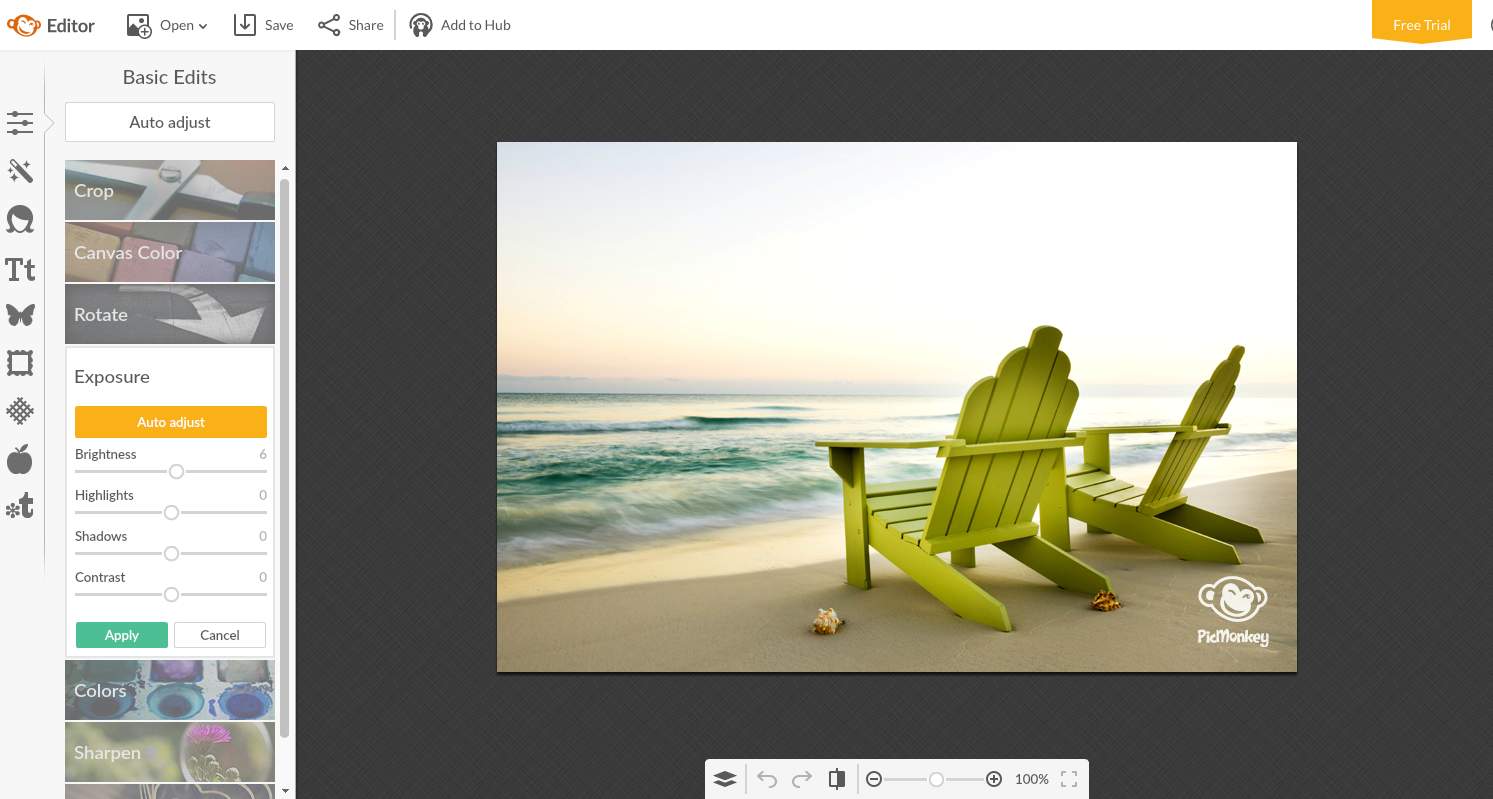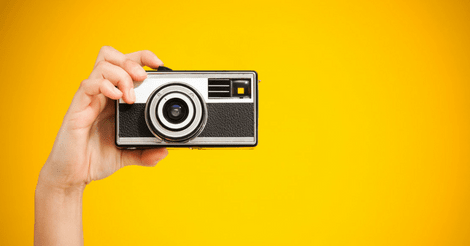We usually like to have helpful content that will not only save you time, but also save you money and help grow your title or real estate business. This week, we’re going somewhere we had never gone before, which is to the land of professional (ish) photography.
We’ve just launched the redesign of our website and we have a section where we include headshots for many of our employees. It really adds a personal touch for people to know who they’re working with and gives a “friendly” feel to your company website effectively setting you apart from your competitors.![]() We’ve talked about hiring a photographer and photographers are great, but it seemed like a lot of hassle to get our whole team wrangled so that we could get everyone done in the short time we had a photographer. The other part is that no one had the exact same vision that we did, so what if we paid all this money and they didn’t turn out how we wanted? It just made sense that we would have a little fun and try to do them ourselves.
We’ve talked about hiring a photographer and photographers are great, but it seemed like a lot of hassle to get our whole team wrangled so that we could get everyone done in the short time we had a photographer. The other part is that no one had the exact same vision that we did, so what if we paid all this money and they didn’t turn out how we wanted? It just made sense that we would have a little fun and try to do them ourselves.
This post is divided into two parts: The actual picture-taking and the editing (which is always absolutely necessary.) I will talk about my experience behind the camera (which until now, was not much) and some tips for photo editing using free software.
Taking the actual pictures
.png)
1. Schedule it. One of the reasons this worked so well is that we scheduled 10 minute increments for each person and everyone was really good about being there for their “appointment.” It made the whole process simple and efficient.
2. Take it outside. Nature is really pretty and being outside is the best possible lighting you can find. Find some greenery, or a cool wall to use as a backdrop.
3. Keep it shady. Direct sunlight is the worst for pictures. It means shadows on faces and harsh, overblown pictures. But, if you’re outside, in a bit of shade, you’ll get a nice, soft light that is incredibly flattering.
4. Find the right moment. We found that the absolute best time to take pictures for the backgrounds we chose was between 9:30 and 10:30 a.m. It was this perfect window where there was plenty of light and it still had a nice, cool look. Any later and the shots started to get too warm. Establishing a timeframe was important because we shot these over the course of several days/weeks, it was important to have similar lighting each time to make editing easier.
5. Get on their level. I am barely over 5-feet tall, so if you’re the photographer and not vertically blessed, I would suggest getting a step ladder. No one looks great in a picture when they’re looking down at the camera.
6. Frame them up. When you’re looking through the viewfinder, don’t zoom in too close. Even though you know you’re probably only going to need to see from their chest up for their headshot, be sure to give them adequate space on either side and above their head. Depending on what you’re using the pictures for, you want to be sure you have options. You can always crop later.
7. Keep it natural. Make sure that your subject is smiling, because what’s more uncomfortable to look at than a super serious headshot? You want to appear warm, friendly, and approachable. But DON’T force it. Fake smiles are easy to spot. It helps if you can get your subject laughing and relaxed.
8. Take a lot of shots. Take a bunch, because sometimes the camera will take a bit to find its groove with a particular subject (you can tell I know what I’m talking about.) Sometimes the clouds will roll in and give you weird shadows. Obviously, check through them every few shots.
9. Encourage the subject to stand in different positions. It’s true that some people have a good side and encouraging the subject to slightly turn their body one way, the other, straight forward…ensures you’ll get a flattering picture.
10. Pay attention to details. Does your subject have a bunch of lint on their black jacket? Giant shadow across their face? How about an errant chunk of hair sticking straight up? You’ll kick yourself when you’re trying to edit later if you’re not paying attention to the details while snapping away.
11. Before you’re done, look through them — again. Nothing is worse than making someone feel uncomfortable with a camera in their face for several minutes…except when you have to do it all over again because you didn’t look at the pictures you took and they were all blurry, over-exposed, or something like that. Do a final look-through before dismissing your subject and take more if you need to.
Some simple editing tips
.png)
Once you get the perfect shot (or shots), it’s time to do some touching up. It’s great if you’re a whiz with photo-editing software, but you don’t need to be to get great results.

PicMonkey is a great, free, web-based resource that you can use in a snap. They have paid versions, but the free version should have everything you need.
1. Go through all your pictures and pick the best 3 or 4. It’s most probable that some turned out bad, so delete those ones right away. Pick the best few in the bunch and enhance them with some light editing.
2. Do some basic edits. If your picture isn’t over-exposed, chances are it can do with a little brightening. Under “Basic Edits”, click on “Exposure” and increase the brightness and contrast to your liking. Then click on “Colors” and increase the saturation a little (a little goes a LONG way.) If your image is looking too warm at this point, you can adjust the temperature slightly to cool it down.
3. Crop, if necessary. Save the original full-size image, but crop it now to be sure that it will fit wherever you’re going to use the image.
4. Give your subject the final pick. After you’ve made your edits to the best images, send them to your subject and let them pick. This way they’re happy with it and don’t hate you. 🙂 Give them the full-size copy so they can use it for their LinkedIn profile, if they so desire.
Most importantly, don’t stress a ton. We are very happy with the way all our pictures came out and it was a relatively simple and stressfree process. Good luck and happy marketing!!! 🙂










